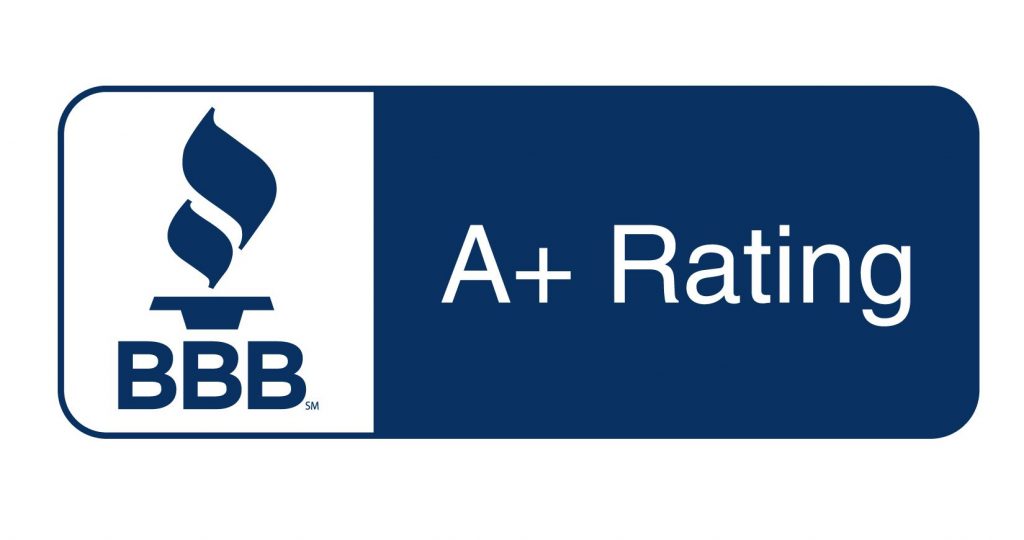While choosing a Medicare Advantage plan can feel overwhelming, there is one thing you can look at to quickly narrow down your plan selections: check the star rating.
Why are star ratings so important to Medicare Advantage plans? Star ratings are important for beneficiaries when they’re trying to pick out a quality plan. They’re also important for insurance carriers because higher ratings mean higher enrollments and reimbursements.
Today, we’re going to take a closer look at that question, teach you how Medicare Advantage plans are rated, and how you might be able to take advantage of a unique Special Enrollment Period if you’d like to switch to a 5-star plan.
What Are Medicare Star Ratings
The Centers for Medicare and Medicaid Services (CMS) created star ratings as a way to assess the performance of Medicare Advantage (Part C) and prescription drug plans (Part D). The ratings range from one star (lowest quality) to five stars (excellent quality). This star rating system gives beneficiaries an easy way to compare plans based on their overall performance and quality.
The primary reason for star ratings for Medicare Advantage plans is to evaluate and compare the quality of services provided by different plans. Choosing a four- or five-star plan ensures you’ll receive quality healthcare. Every Part C and Part D plan must display their star rating.
How Are Medicare Star Ratings Calculated
CMS uses a comprehensive set of performance measures to evaluate various aspects of a plan’s performance. They also review and update these measures each year to ensure their continued relevance and effectiveness. Let’s take a look at the current evaluation criteria for Medicare Advantage plans.
Health Outcomes: This category assesses how effective the plan is at improving and maintaining a beneficiary’s health. Examples of measures in this category include chronic condition management, preventive care services, and hospital readmission rates.
Patient Experience: This category measures how satisfied plan members are with their plan. It includes satisfaction with customer service, communication, and the ease of accessing healthcare services.
Access to Care: This category measures how easily members are able to receive medical treatment within their plan. It includes appointment availability, the provider network, and specialist accessibility.
Process Measures: Lastly, this category evaluates the plan’s adherence to best practices and guidelines as outlined by CMS. It measures how well the plan provides screenings and vaccinations, as well as managing prescriptions.
While you can easily see why this information is important to beneficiaries, you may wonder why it’s important to the carrier, other than the obvious reason for marketing purposes. Plans with higher star ratings typically receive financial incentives from CMS. This might include bonus payments and higher reimbursements. Plans may use increased funding to improve their benefits and reduce plan premiums.
Medicare Advantage 5-Star Special Enrollment Period
Another benefit of 5-star Medicare Advantage plans is that they allow for a Special Enrollment Period. SEPs are available for certain life events, like moving to a new state or losing your other insurance coverage. Another unique SEP you might be able to utilize is the 5-star Medicare Advantage Special Enrollment Period.
If a 5-star plan enters your area, you are allowed to switch to that plan if your current plan is not rated five stars. You can do this one time per calendar year, even if it’s outside of the Annual Enrollment Period.
To find out if you have a 5-star Medicare Advantage plan available in your area, contact Carolina Senior Benefits today. We’ll take a look at your current plan and help you compare it to any 5-star plans in your area.





